Extracorporeal Shock Wave Therapy (ECSWT) is useful in the treatment of injuries to bone, tendon and bone-ligament interfaces such as high suspensory and collateral ligament injuries.
ECSWT is currently the standard therapy (lithotripsy) for humans with urolithiasis, as well as gallstones, pancreatic stones, and salivary stones. Over the past ten years it has been applied in orthopedics in both veterinary and human medicine (plantar fasciitis, epicondylitis). The effects of ECSWT are not only disintegration of mineral deposits, but also pain relief, stimulation of bone remodeling (fractures of dorsal canon bone, active ringbone), and neovascularization of bone ligament interfaces (proximal suspensory desmitis, collateral ligament desmitis).
Shockwaves are mechanical (acoustic) pressure pulses. The time from maximum pressure pulse to negative pressure pulse and return to normal atmospheric pressure is less than 10 µs. Different mechanisms of producing shockwaves are available depending on the physical type of shock wave generation. For clinical applications it is necessary to focus the shock wave pulse on the area of interest.
In the equine patient, ECSWT has been used for about 10 years and proven to be effective in accelerating healing of bone, tendon, and ligament injuries. In cases of suspensory desmitis, typical lay up time has decreased significantly from a minimum of 6 months, prior to the use of ECSWT. Now horses are able to be maintained with approximately 4 weeks of rest, then walking, and soon after walk – trot. It allows a steady rehabilitation program to be implemented. The effects of ECSWT are neovascularization of the ligament. The increased blood flow to the area helps to minimize mineralization of the ligament as well as limit any periosteal reaction. Similar results have been observed with regard to tendon injuries; however few controlled studies have been performed thus far.
ECSWT has also been applied to cases of osteoarthritis of the distal intertarsal and tarsometatarsal joint with 80% success in achieving at least one grade of improvement with associated lameness. The exact mechanism of improvement is unknown but hypotheses include the stimulation of subchondral bone remodeling, changes in intramedullary pressure and analgesic effects of shockwave.
Experimental data support the use of ECSWT in healing stress fractures of the equine dorsal metacarpus/metatarsus, commonly seen in race horses. The biggest concern with dealing with these is determining when it is safe for the horse to return to work. There is a seven day withdrawal period for horses being treated on the race track and in the show circuit. Analgesia as a result of the shock wave treatment may lead to horses being worked before the bone is adequately healed. Repeat radiology plus nuclear scintigraphy may assist in determining when the bone is fully healed. In conclusion, ECSWT is becoming a standard for treatment of ligamentous – bone injuries.
ECSWT has become a very popular and successful mode of therapy for the equine athlete. Over the past ten years it has been applied in orthopedics in both veterinary and human medicine (plantar fasciitis, epicondylitis).
The doctors at South Shore Equine Clinic & Diagnostic Center have been using the Swiss DolorClast machine for over four (4) years as an adjunct treatment of injuries to bone, tendon and bone – ligament interfaces. Resting or retiring a horse from racing or other sport activities because of an injury can be very expensive. The Swiss Dolorclast machine is designed to aid in the rehabilitation of acutely and chronically lame horses so they can once again successfully participate in equestrian sports. ECSWT has proven to be effective in accelerating the healing of specific injuries and minimizing lay-up time. The effects of ECSWT are disintegration of mineral deposits, pain relief, stimulation of bone remodeling, and neovascularization (increases blood flow) of tendon and bone- ligament interface injuries. Shockwaves are mechanical (acoustic) pressure pulses. A high impulse frequency of up to 15 Hz allows short treatment duration. For clinical applications it is necessary to direct the shock wave pulses on the area of interest. Focused shock waves have deeper penetration, whereas radial shockwaves are used for more superficial applications.
Clinical studies, as well as our own experience, have proven successful treatment of horses with …
- Insertional desmopathies, such as high suspensory desmitis
- Calcifications of tendons and tendon sheaths
- Non-displaced closed fractures, such as sesamoid bone fractures and dorsal cortical fractures of the canon bone
- Dorsal metacarpal disease such as “bucked shins”
- Exostoses such as “splints”
- Degenerative joint disease such as ring bone in the distal limb and bone spavin in the hocks
- Back problems such as dorsal spinous process pain and sacroiliac problems
- Caudal heel pain syndrome or Navicular disease
- Ligamentous injuries such as collateral ligaments of the stifle or coffin joint


